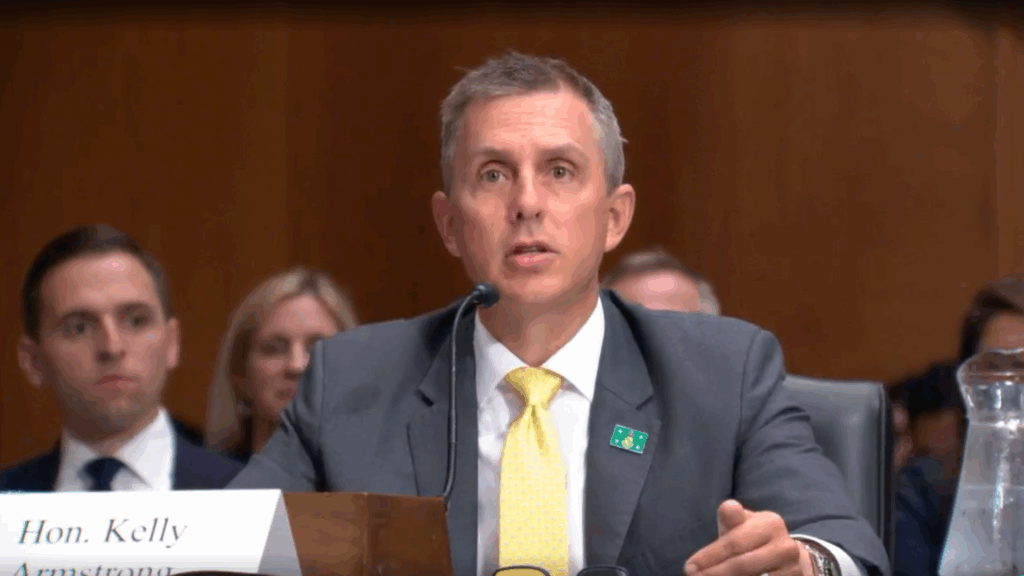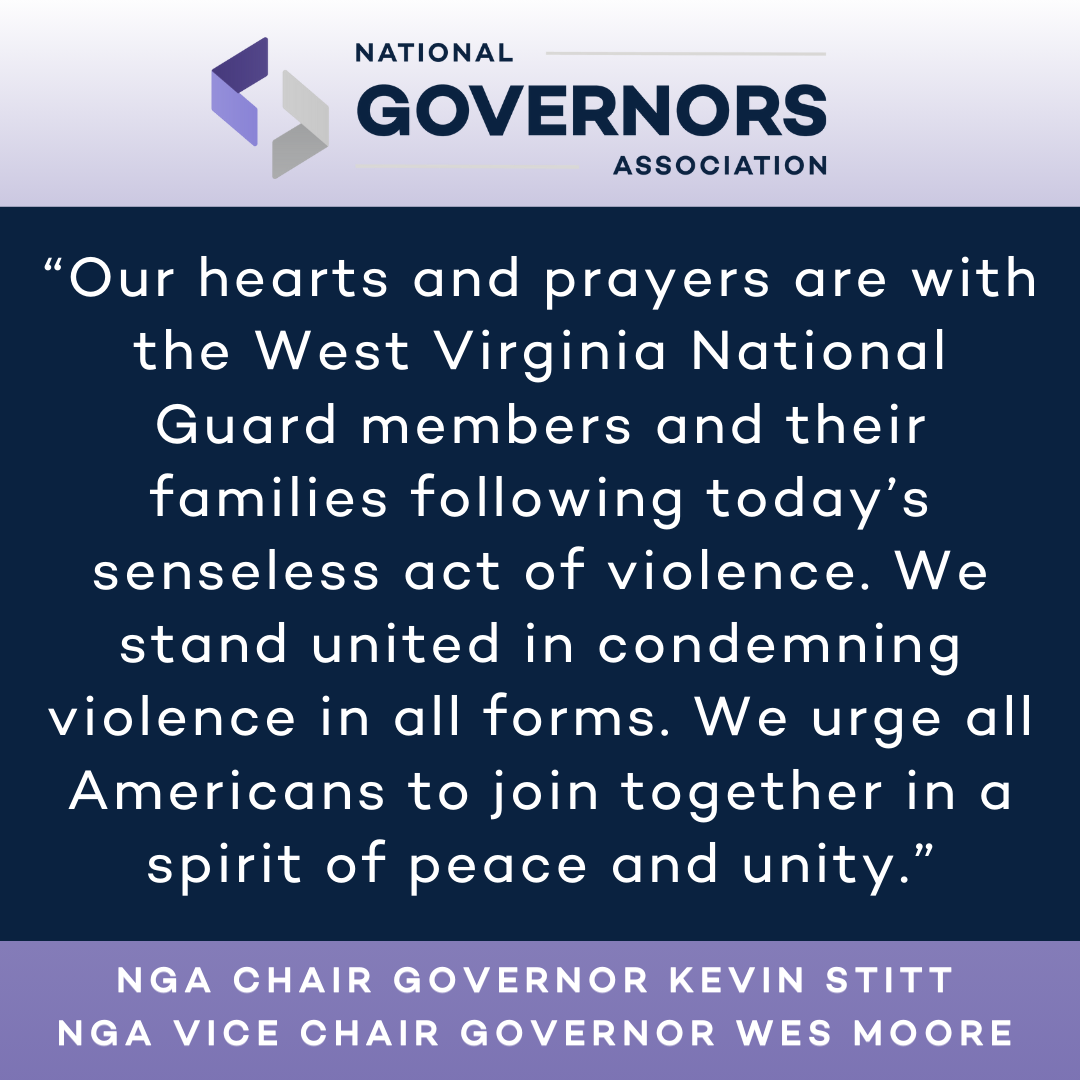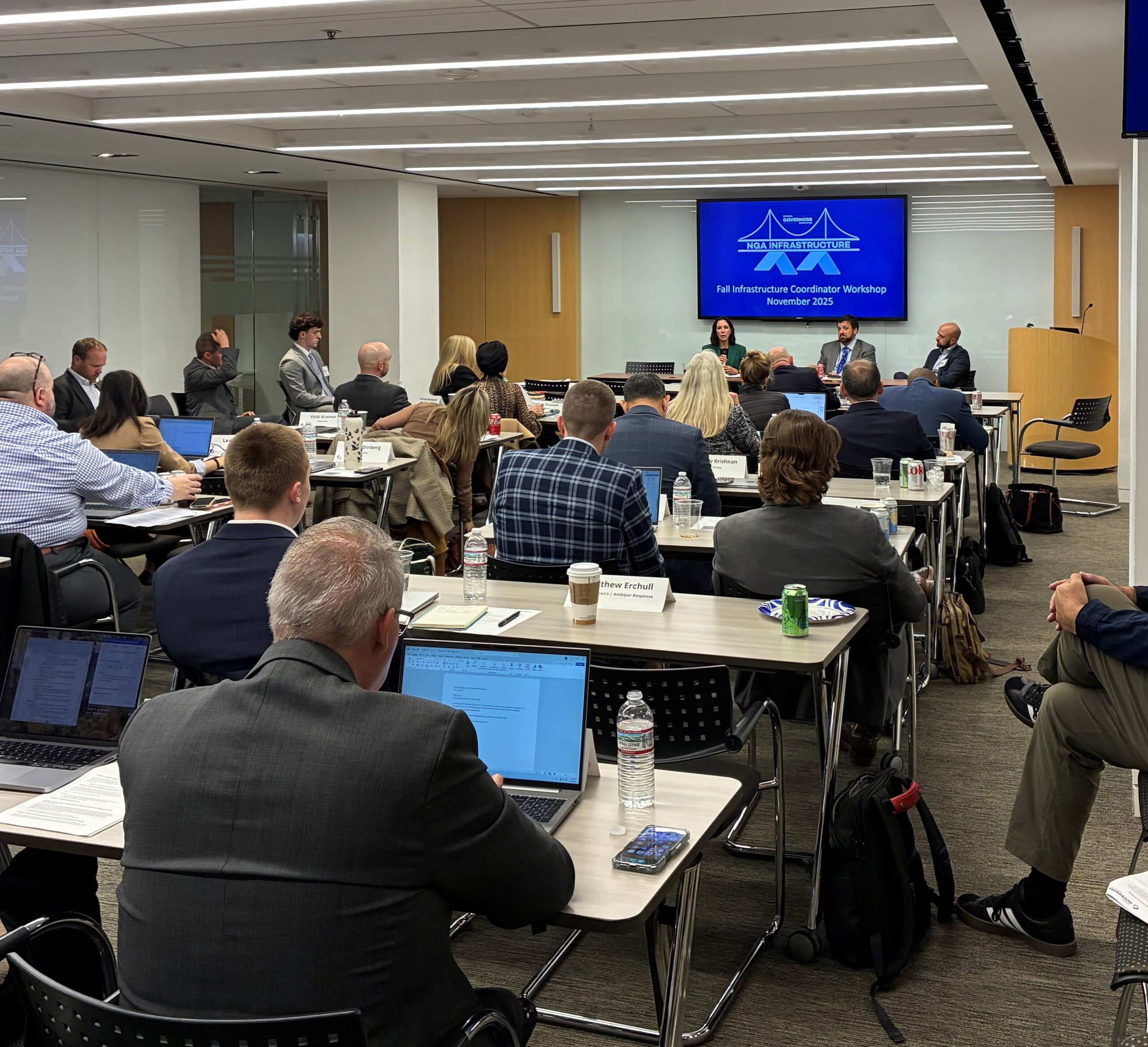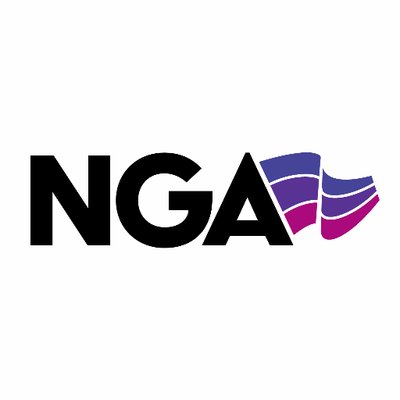Testimony of Governor Kelly Armstrong
State of North Dakota
Before the United States Senate Committee on Environment and Public Works
Constructing the Surface Transportation Reauthorization Bill: Stakeholders’ Perspectives
July 16, 2025
Chairman Capito, Ranking Member Whitehouse and Members of the Committee:

Thank you for the opportunity to testify today and offer the state perspective as this committee continues its work on surface transportation reauthorization.
I have the honor to serve as the 34th governor of the state of North Dakota. In rural states like ours, transportation infrastructure isn’t merely about convenience – it’s a pillar of our communities and thriving local economies. Our highways, roads and bridges are essential lifelines connecting our agricultural producers, energy industry, small businesses and families to markets, healthcare, education and emergency services.
We put on a lot of miles in North Dakota. Unlike Washington, D.C., where many people don’t own a car and rely on public transit, our citizens depend heavily on personal vehicles to reach their destination. We have teenagers driving farm trucks, senior citizens driving hundreds of miles for doctor’s appointments and students driving 20 miles one-way for school or basketball practice.
The roads in our state are not just for North Dakotans – investment in rural highways benefits the entire nation. The movement of people and goods from the coasts across North Dakota and other rural states benefits people and businesses at both ends. Good roads in states like ours are essential to getting ag, energy and other products to national and world markets.
My request of this Committee today is simple: continue providing robust funding, give maximum flexibility to states and watch us go to work. A key piece of ensuring states can successfully and efficiently build projects is formula-based funding. The next highway bill should maintain or increase the percentage of program dollars distributed by formula, allowing states to more quickly deliver critical transportation projects.
Although discretionary grant programs play a role in infrastructure funding, the process is often inefficient, slow and costly. In some cases, it can take up to 18 months between an award and grant announcement. Let me give you an example from my state.
In June of 2023, the North Dakota Department of Transportation was awarded a $30 million Railroad Crossing Elimination grant from the Federal Railroad Administration. The grant will fund a long-overdue grade separation project in Grand Forks, a city with nearly 60,000 residents and home to my alma mater, the University of North Dakota. As of today, more than two years later, North Dakota DOT is still awaiting the execution of a grant agreement.
Delays in discretionary grant programs are problematic, regardless of geographic location. However, in a state with a short construction window, the negative impacts of these delays are magnified. While discretionary grant programs serve an important purpose, I encourage this Committee to increase, to the extent possible, the percentage of dollars delivered via formula.
Additionally, I ask that you consider including provisions to give states more flexibility to deploy funds to the places that need it most. The bipartisan Highway Funding Transferability Improvement Act from Senators Cramer and Alsobrooks will do just that by increasing the percentage of funds departments of transportation can transfer between accounts. States know their own needs, and this legislation will enhance our ability to make the best decisions for our unique situations.
Robust funding is important, but all the money in the world means nothing if it can’t be deployed because of a broken permitting system. I urge this Committee and your colleagues to use surface transportation reauthorization to enact bipartisan permitting reform. I often say you only need to stop linear infrastructure in one place to stop an entire project. That’s true whether it’s a highway, transmission line, pipeline or anything else. At nearly every opportunity, the permitting and certification process for infrastructure, especially energy infrastructure, has been mired in legal and regulatory entanglements.
Our current regulatory framework imposes excessive delays and escalating costs, and injects uncertainty into critical infrastructure projects. It also discourages private sector investment, while making federal investment less effective and efficient.
Both the Infrastructure Investment and Jobs Act and Fiscal Responsibility Act included provisions to improve our nation’s permitting process. However, flawed implementation of both pieces of legislation has prevented good ideas, such as One Federal Decision, from achieving their intended impact.
This Committee, along with your House colleagues, have a real opportunity to ensure efficiency, certainty and transparency in the permitting process, all while protecting our environment. I urge you to consider including provisions to expand categorial exclusions, streamline reviews under the National Environmental Policy Act (NEPA), enact litigation reform and eliminate duplicative reporting requirements.
Thank you again for the invitation to join you today, and thank you for your continued work on this critical legislation. I look forward to your questions.











